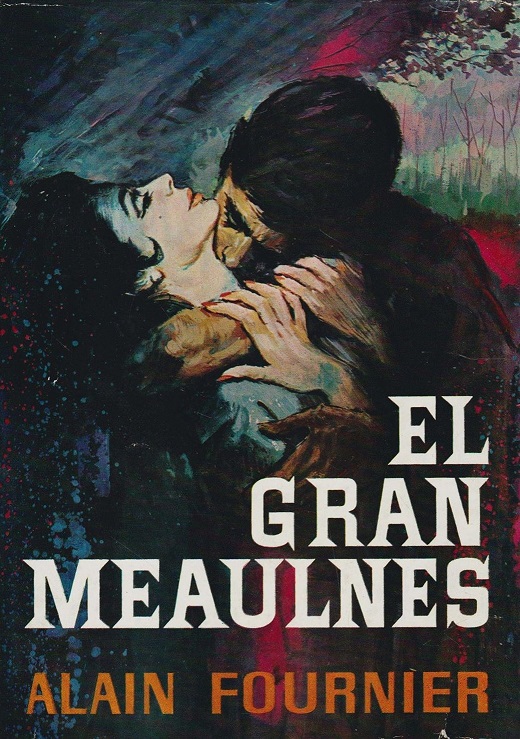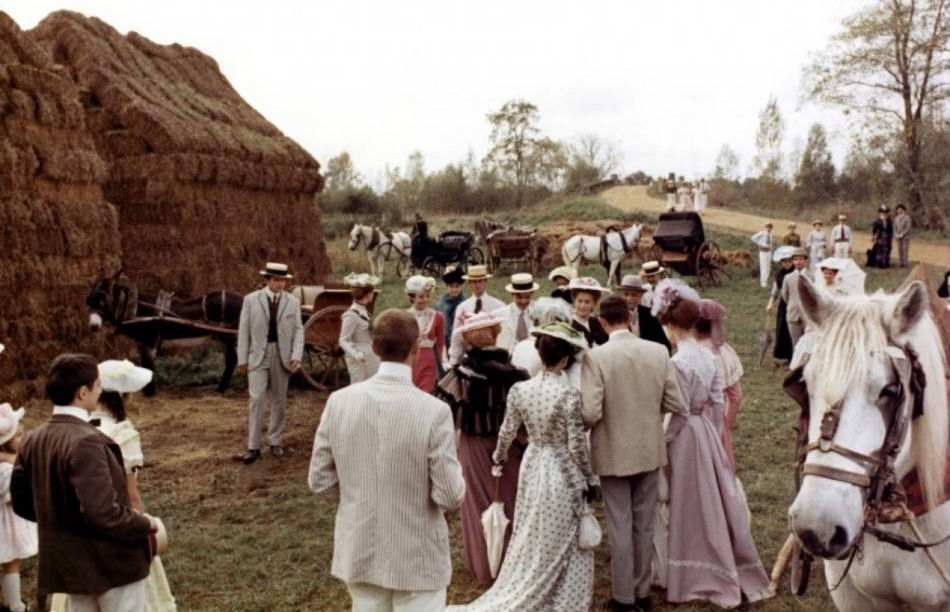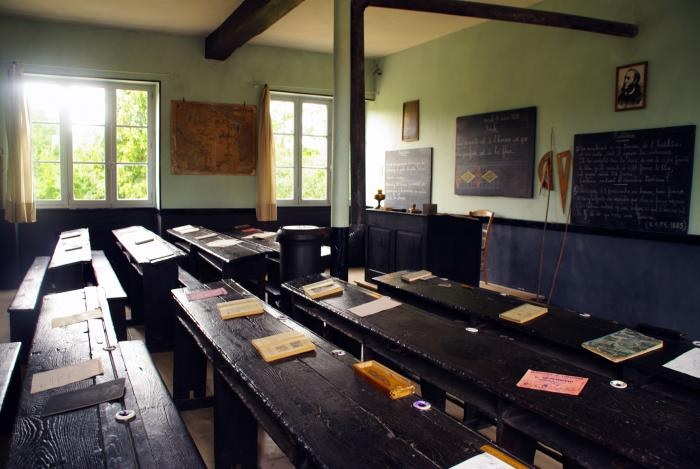Le Grand Meaulnes. Alain Fournier
Alejandro Cernuda
Alain-Fournier's body was found in a German mass grave. With these words Eliseo Diego almost ends the note of the book published in 1975 by the “Cocuyo” collection, one of the editorial projects where works of universal literature of difficult knowledge in Cuba of those years were published.
The first edition of Le Grand Meaulnes came to light in the form of a pamphlet, between the months of July and October 1913. A few years passed until I read this novel, by chance the first time and then, recently, under the post mortem insistence of Lezama Lima in his Delphic course.

Since history does not always please, knowing the final fate of the writer of a book – I have to say it like this, beautiful – works like a low blow. Undoubtedly, the twenty-seven-year-old lieutenant, the writer of a single fiction text, disappearing in a predictable way but clouded in the exact detail, like Ambrose Bierce, departs from the essence of his work, something unforgivable within romanticism.
Nor did the novel have the same meaning for me this second time. It was no longer the adventure of a young man in search of love, the fateful pact, the narrator friend and admired. The plot now jumps like a fireball from the shoe to a piece of bread, to the stockings hanging on the ranger's window. It is diverted to the house of some peasants with no other intention in the plot than verisimilitude.
Le Grand Meaulnes is a book written on the fly. The author tries at all costs not to leave loose ends. Even in the most insignificant events it maintains an atmosphere similar to the country notion we have of those years in France. He looks for footholds on the ordinary while showing us the almost allegorical, almost gray world of young people who take it seriously, like the author, in matters that might seem too mellow. No one to my knowledge, on the other hand, has surpassed Fournier in describing that common trap in youth which is admiration for an older friend.
Then the authors learned to take advantage of objective situations, without risking flight. Literature lost something in exchange for reflecting reality. Although it Agustín Meaulnes is not the best example, because at his age he has no choice but to live on dreams, it is normal. In the novel this untimely romanticism does not go back enough. Love is child's play; However, language is a watershed between two worlds. He is locked between the story he wants to fly and an author who writes naturally. This, in my opinion, is the main strength of the book.

An unknown author has written a memorable book is significant but not strange in literature. That it has achieved it with weapons in disuse already makes it a unique case in times marked by the iron discipline of the trade ... The revolution within the genre had begun half a century earlier. Sobriety, realism, le juste mot; But you could do like the twenty-seven-year-old lieutenant, at least in a first book if you then see him jumping the trench in front of his men and never heard from again.
In 1967 director Jean-Gabriel Albicocco filmed the film Le Grand Meaulnes. Another version was made in 2006, by the director Jean-Daniel Verhaeghe, the only novel written by Alain-Fournier is considered today, according to the newspaper Le Monde, as the ninth most important book written in the twentieth century. Close to some classics such as Journey to the end of the night, in sixth position and For Whom the Bell Tolls, by Hemingway, in eighth place.
The school of The Great Meaulnes
There is a museum in Épineuil-le-Fleuriel, France, dedicated to this book and the history of its author. When a literary work becomes a home, instead of worship, perhaps we could say that it has truly achieved success. People go to visit it, there are people who charge a salary to maintain a place that has given life to the imagination of a man. Isn't that wonderful?

The school house of Le Grand Meaulnes, also known as The Lost Domain, could not be any other and the similarity with which it is described there has an explanation. Alain-Fournier's father was her director and teacher mother. The appointment as director occurred in 1895, so the future writer attended primary school there, before continuing his studies at the Voltaire lycée in Paris, in 1898. This is how he describes it in the novel:
We lived in the buildings of the Superior Course of Santa Águeda. My father, whom I called Mr. Seurel, like the other pupils, taught there the upper course, preparatory to the title of teacher, as well as the middle course. My mother taught the little ones. A spacious red house, located at the end of the place, covered with vine and with five large glass doors; an immense courtyard, with laundry and recreation rooms, which opened in front of the town through a large portico; on the north side, the road that gave in front of a gate and that led to La Gare. Three 11 kilometers from there; to the south and behind, fields, gardens, meadows, extending to the hamlets . . . Such is the suscinto plane of the mansion where the most restless and precious days of my life slipped
Le Grand MeaulnesOther buildings mentioned by Alain-Fournier in his novel still exist in the town, such as Uncle Martin's farm or the notary's house. The museum holds various exhibitions and conferences. Entrance price 8 euros.
SQLClientCoreTool
DataGather is a class from SQLClientCoreTool. Examples. Cases of use.
---------------
About The Novel Falling In Love With AnaAnalysis of the novel Falling In Love With Ana, a story of death and love in Ciego Montero, by the writer Atilio Caballero. Cienfuegos. Cuba
---------------
